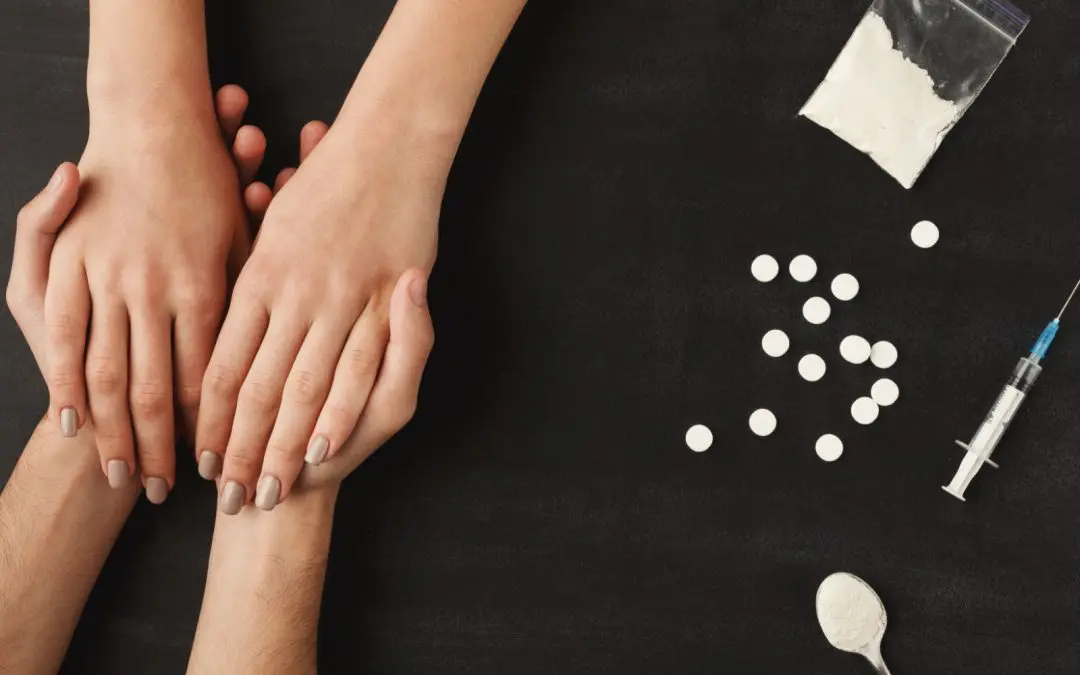24/7 Helpline:
(866) 899-221924/7 Helpline:
(866) 899-2219
Learn more about Codeine Rehab centers in Friendship
Codeine Rehab in Other Cities

Other Insurance Options

State Farm

Lucent

Aetna

Horizon Healthcare Service

Optum

BHS | Behavioral Health Systems

WellCare Health Plans

Regence

PHCS Network

Premera
Beacon

Health Net

Absolute Total Care

Private insurance

Self-pay options

Coventry Health Care

Magellan Health

Sutter

Evernorth

Excellus



















